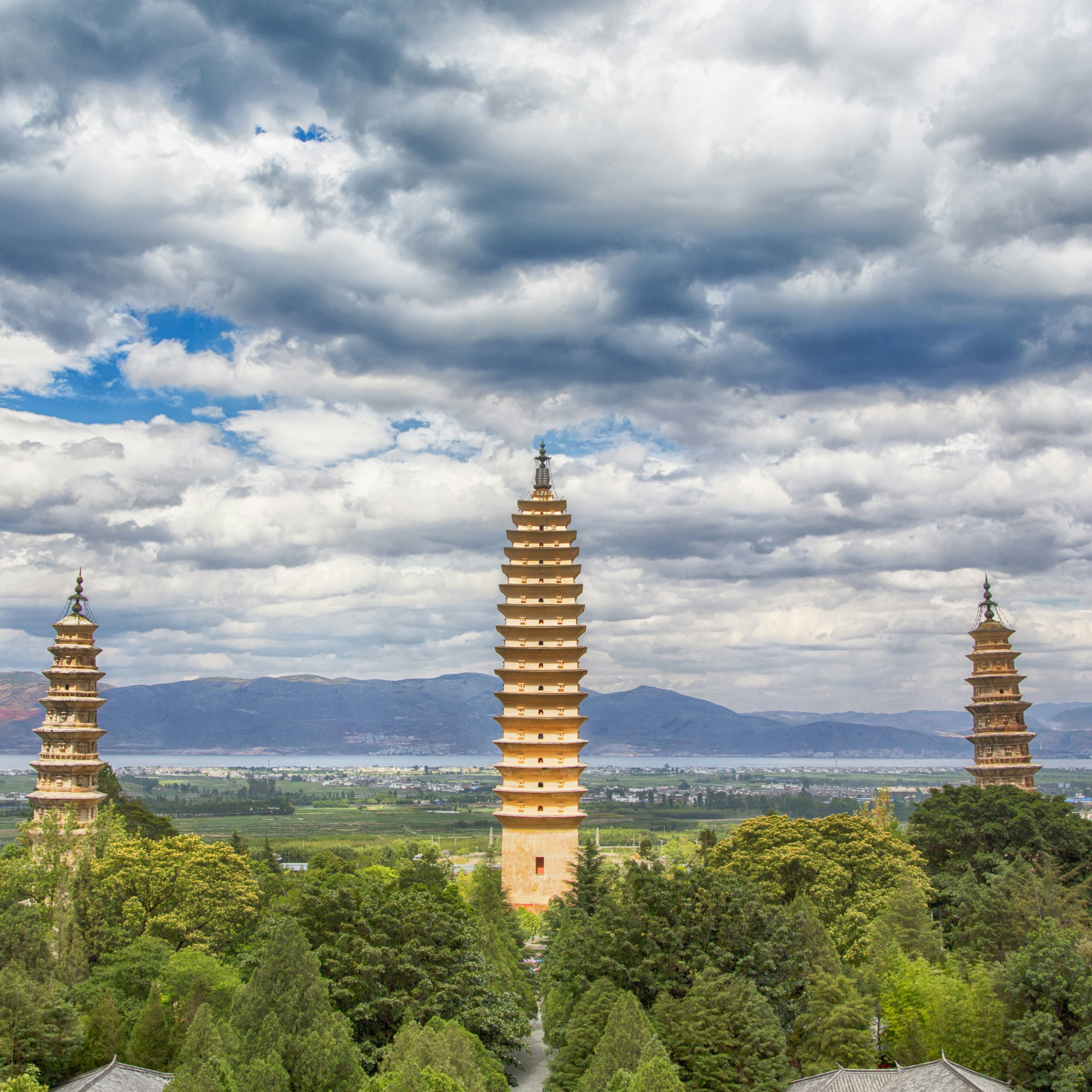
Overview
Yunnan (云南, Yúnnán) is the most diverse province in all China, both in its extraordinary mix of peoples and in the splendour of its landscapes. That combination of superlative sights and many different ethnic groups has made Yunnan the trendiest destination for China’s exploding domestic tourist industry.



















